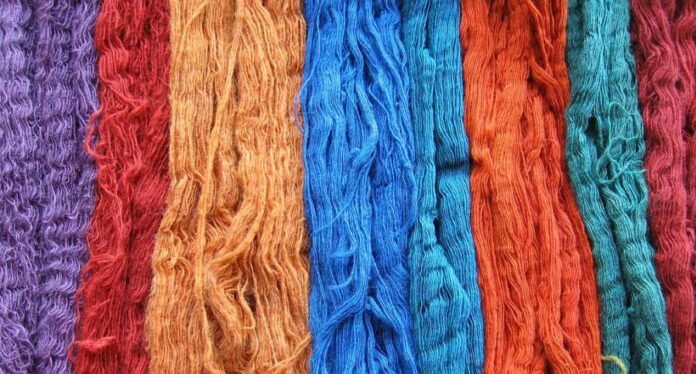Textile dyeing and finishing are essential processes in the textile industry, where fabrics undergo treatments to enhance their appearance, texture, and performance. These processes involve the application of dyes, chemicals, and finishes to fabrics, creating a wide range of colors, patterns, and properties. Understanding the basics of textile dyeing and finishing is crucial for anyone involved in the textile industry or interested in sustainable fashion.
The Importance of Textile Dyeing and Finishing
Textile dyeing and finishing play a vital role in the textile industry, allowing manufacturers to create fabrics with unique colors, patterns, and textures that meet consumer demand for fashionable and functional textiles. Dyeing adds color to the fabric, while finishing enhances its properties, such as softness, durability, and water repellency. These processes are essential for creating high-quality fabrics that appeal to a wide range of consumers.
Common Dyeing Methods
There are several methods used in textile dyeing, including immersion dyeing, where fabrics are submerged in a dye bath, and printing, where patterns are applied using dyes. Other methods include yarn dyeing, where yarns are dyed before weaving, and piece dyeing, where the fabric is dyed after weaving. Each approach offers unique benefits and is applicable to various fabric types and designs, giving manufacturers the flexibility they need in their production methods.
Innovations in Textile Dyeing and Finishing
Advances in technology have led to innovations in textile dyeing and finishing, such as digital printing, which allows for precise and complex patterns to be printed directly onto fabric. Other innovations include the use of nanotechnology to create fabrics with enhanced properties, such as stain resistance and UV protection. Air compressors have also played a significant role in these innovations, powering pneumatic machines and other equipment used in the dyeing and finishing process, contributing to more efficient and sustainable production practices.
Environmental Impact
The dyeing and finishing of textiles can have a notable environmental footprint because of the chemicals and water involved. Efforts are being made to develop more sustainable dyeing and finishing processes, such as using natural dyes, reducing water consumption, and recycling wastewater. These initiatives are crucial for reducing the environmental footprint of the textile industry and promoting sustainable practices that benefit both the industry and the planet.
Future Trends
In the future, the textile sector is anticipated to further advance in dyeing and finishing methods to fulfill consumer needs and tackle environmental issues. Prospective developments might involve the adoption of sustainable materials like organic cotton and recycled fibers, along with the creation of novel dyeing and finishing methods with reduced water and chemical consumption. By embracing these trends, the textile industry can forge a more sustainable and eco-friendlier path forward, ensuring that dyeing and finishing processes remain pivotal in its progression.
Sustainable Practices in Textile Dyeing and Finishing
Sustainability is a key focus in the textile industry, driving the development of eco-friendly practices in dyeing and finishing. Manufacturers are increasingly using natural dyes sourced from plants, insects, and minerals, reducing the reliance on synthetic chemicals. Water-saving technologies, such as closed-loop systems and wastewater treatment plants, are also being implemented to minimize water usage and pollution. Furthermore, the integration of renewable energy sources such as solar and wind power is decreasing the carbon emissions of textile manufacturing. These eco-conscious practices not only benefit the environment but also enhance the industry’s sustainability in the long run.






























































